Welcome to Rotorua – a must-see destination on New Zealand’s North Island. In a country known for stunning & varied natural beauty, Rotorua delights visitors with its unique geothermal features. You’ll find dramatic spouting geysers, bubbling mud pots, smoking steam vents, and many hot springs (with some for bathing!)
In addition, Rotorua is certainly the best place to experience the traditional customs of New Zealand’s indigenous Māori people with their rich history & culture. These two special worlds – the people and their landscape – are inextricably linked.
My New Zealand Trip / Purpose of Blog Post
I spent 4 wonderful weeks in New Zealand in early 2015 with a group of friends. My trip included 2 nights (1 ½ days) in the delightful town of Rotorua (in mid-February). We flew there from Christchurch after exploring the South Island at depth.
I want to give you a strong flavor of this unique place. Rotorua is an incredible combination of two fascinating worlds – the lovely Māori people and their culture & the amazing geothermal landscape with its geysers, hot pools, and more!
In this blog post, I will share highlights of our time in Rotorua – with the many fun & interesting visits and experiences that we did. All of them are ones that I highly recommend!
The Rotorua Sights & Experiences I’ll Cover:
- A walk through pretty Government Gardens along Lake Rotorua
- A tour of Te Puia – to watch tall spouting geysers & take in a Māori cultural show
- Whakarewarewa – visiting a Living Māori Village
- Taking a hot soak in Polynesian Spa’s healing mineral waters
- Touring Wai-O-Tapu Thermal Wonderland (Geothermal Park)
- Rafting on the beautiful Kaituna River with its famed Waterfall!
So, let’s get started. First, here’s a little background to better understand what makes Rotorua so unique…
Rotorua & Its Geothermal Landscape
New Zealand is located on the Pacific Ring of Fire, which causes a great deal of tectonic activity throughout the country. Sadly, recent examples are the 6.3-magnitude earthquake in Christchurch in 2011 & the 7.9-magnitude quake in the coastal town of Kaikoura in 2016 – both on the South Island.
Rotorua’s wondrous geothermal activity has been drawing visitors to this area since the 1800s. Today, Rotorua is a lovely & peaceful town of around 72,000 people, situated along the picturesque shores of Lake Rotorua.
Just 3 km (~2 miles) south of town lies the Te Whakarewarewa thermal reserve with its two famed geysers & more than 500 hot springs. Pōhutu Geyser erupts many times each day to heights up to 100 feet! It’s New Zealand’s most prolific geyser, as well as the Southern Hemisphere’s largest active geyser.
A local guide told us that New Zealand has the 4th largest number of geysers in the world – after the U.S., Russia (Siberia), and Iceland. And the majority of New Zealand’s geysers are located in the Rotorua area.
Of course, Wyoming’s Yellowstone National Park is the geothermal granddaddy of them all – home to about 2/3 of the world’s geysers, including the beloved “Old Faithful.” Apparently, Chile is another geyser hotspot.
Rotorua & Its Rich Māori Culture
Māori are the country’s indigenous Polynesian people. They travelled by canoe to the shores of New Zealand sometime around 1280 CE. Over several centuries in isolation, these Polynesian settlers developed a unique culture that became what is known today as “Māori.”
Māori cultural development included their own language, a rich mythology, distinctive crafts and performing arts. Later, a prominent warrior culture emerged – which can be seen in many of their ceremonies including the “haka” war dance (although they’re quite peaceful these days!).
- Credit: Whale Rider movie / At age 13, Keisha Castle-Hughes became the youngest Academy Award nominee (at the time) in the Best Actress category for this role!
I remember seeing the wonderful & award-winning 2003 movie “Whale Rider” about a 12-year-old Māori girl whose ambition is to become chief of her tribe. It gave a fascinating view into the Māori culture which really made me want to visit New Zealand one day!
Currently, approximately 15% of New Zealand’s national population identify as Māori. And Rotorua is one of the country’s main areas of Māori culture with 40% of its population being of Māori descent.
Facial tattoos have been an important part of Māori culture for centuries. They cover much of the men’s faces whereas women primarily wear the “moko” on their lips and chins. As you can see from the photo, the tattoos are very distinctive!
The Māori people consider themselves guardians of the land’s geothermal resources. In fact, every one of the hot mineral springs that bubble up in Rotorua is known and named by the Māori.
Okay, time to start our Rotorua sightseeing….
1) Government Gardens – Bath House & Rotorua Museum
Soon after our mid-day arrival into Rotorua, I headed out on my own for a delightful exploration walk. I strolled along the pretty Rotorua lakefront, ending up in the town’s beautiful Government Gardens. There you’ll find green lawn bowling fields & the lovely Tudor-style “Bath House” – first built by the Brits in 1908. (photo above)
The British loved the area’s natural hot springs with their reputed healing and anti-aging powers. Over time, the bath house was turned into an elegant spa retreat. More recently (1969), this iconic building became the Rotorua Museum. Unfortunately, it was damaged in the 2016 Kaikoura earthquake, so it is currently closed to undergo repairs and seismic strengthening.
- Credit: Deposit Photos
- Rachel Pool – Click to enlarge photos
On the Government Garden grounds, you can see one of the area’s most important hot springs – Rachel Pool (Whangapipiro). It feeds the nearby famed Polynesian Spa, which I describe in a later section. It was from this spring that water was piped directly to the Bath House’s private rooms. This boiling spring reaches 212 degrees F. (100 C.) which is why it’s surrounded by a large stone wall!
2) Te Puia Combo Tour – Geysers & Māori Experiences

Afternoon Tour – Visiting the Park & Geysers
Upon arrival at Te Puia’s main visitor area, we met our guide, Carla. She was a Māori woman with Scottish blood, and she was quite entertaining! We first visited the New Zealand Māori Arts and Crafts Institute where we watched skilled wood carvers and flax fibre weavers demonstrate their expertise.
We then walked down the hill into the park to view the area’s star attraction – the Pōhutu & Prince of Wales Feather geysers. It was a treat as both were going off as we arrived!
The two geysers usually erupt together – around 20 times each day on average – with the Prince of Wales Feather geyser starting first. This eruption can spout up to 9 meters (30 feet) and last up to 7 minutes.
Even more impressively, Pōhutu Geyser (meaning “big splash” in Māori) can reach heights of up to 100 feet (30 meters). Occurring once or twice an hour, the eruption can last up to 30 minutes. As mentioned, Pōhutu is the Southern Hemisphere’s largest active geyser – and both are a wonderful sight to behold!
- Credit: Ed Lofdahl
- Credit: Deposit Photos / Geysers & Blueys Pool
There are walkways you can follow for different viewpoints of the geysers and the plateau from which they spout. The water from the geysers flows into a small nearby pool known as Blueys Pool – aptly named due to the turquoise blue color of the water. We walked around to get a closer look at the pool and got major sprayed, as we walked behind the geyser.
Evening Māori Welcome & Cultural Show
Around 6pm, we returned to Te Puia’s main entrance area to meet our new guide, Guy, for the second part of the festivities – a Te Po (dinner & cultural show). We began on a grassy lawn in front of a traditionally carved meeting house (wharenui) to experience a Māori welcome ceremony, followed by a performance.
We were greeted by our Māori hosts standing on the steps of the meeting house – warrior men in front, women in the back. A Canadian man from our group was selected to be our “chief” and to approach the Māori chief to ask permission for us to enter the house.
Permission was granted and we headed inside to enjoy a fascinating and colorful Māori cultural performance of song & dance. We saw “poi” dancing by both the men & women, where small ball-shaped weights on the end of short tethers are swung through rhythmic patterns – as well as by some longer sticks. Plus, we were treated to a sweet love song duet.
- Credit: Ed Lofdahl
Of course, the highlight was the famed “haka”– an ancient Māori war dance with fierce foot-stomping, protruding tongues, and bulging eyes by the male warriors. At the end, there was even voluntary audience participation – first the women, and then the men. It was great fun!
- Credit: Te Puia website / Click to enlarge
- The audience women trying the poi dance moves
Our Hangi-Prepared Māori Dinner
With our bellies rumbling, it was time to enjoy a delicious Māori dinner in Te Puia’s nearby restaurant. It was a huge buffet offering a nice variety of soups, salad, meats, vegetables, and lots of desserts. Yum…
- Credit: Ed Lofdahl
Much of the food had been cooked in typical “hangi” style – which is steam cooking using heated rocks buried in a pit oven. Before the show, Guy had shown us a couple of the ovens outside where they were preparing tonight’s steam-cooked meal – including chicken, lamb, pork, sweet potato, pumpkin, and potato.
Late Evening Park Visit
After dinner, Gary recollected our group (at 8:15pm) for a delightful night-time visit back into the park, transported this time by an electric tram. The Pōhutu geyser had recently erupted because the ground was still wet and there was still some steam rising.
- Credit: Ed Lofdahl
Staff passed out hot chocolate and we were free to walk up the different trails for evening views beneath the stars. After a short walk, I returned to the group where Guy was talking & sharing more about his life & Māori heritage. We returned to the main entrance at 9pm where buses were waiting to take us back to our hotels. It had been a delightful Māori experience – and a great introduction to Rotorua.
- Members of our group – check out the sign!

The one we did was the Te Po Combo. We really enjoyed it, but it is not an inexpensive experience. Today, in 2024, the ticket price is 252 NZD (New Zealand Dollars) or ~ $154 USD.
3) Whakarewarewa Thermal Village (Living Māori Village)
The next morning, while my friends went to a geothermal park to hike, I headed to the Whakarewarewa Thermal Village. I wanted to experience more of the fascinating Māori culture with the chance to visit an authentic “living village.”
Whakarewarewa Village is the home of the Tūhourangi Ngāti Wāhiao people. They have been sharing their unique way of life with visitors from around the world for over 200 years! I booked the 10am one-hour “Living Māori Village Tour,” which departed from the village Visitor Center & ticket area.
Today, around 21 families (~ 145 people) live in the village (albeit, in modern homes). They live amidst a multitude of boiling mineral pools & smoking steam vents rising from the ground. My delightful guide, a woman named Porfri (? spelling), was born and raised in this village – and is now raising her children here. (photo below)
She walked us around the village, showing us how they continue to use the natural geothermal wonders for cooking, bathing and heating. We saw a steam vent cooker with a wooden top and witnessed a local woman adding more items to the cooker. Porfri also showed us their outdoor communal bathing pools. (above left)
A special treat was seeing their large thermal “Champagne Pool” where they cook “Sweet Corn Cobb” in cheesecloth bags – 20 at a time – to sell to visitors. Of course, I had to buy one corn and it was delicious! It cost 2.50 NZD (about $1.50 USD.)
In fact, the village also lies in the Te Whakarewarewa thermal reserve, just “next door” to Te Puia. So, we enjoyed a great view (from the other side) of the erupting Pōhutu & Prince of Wales Feather Geysers. (photo above) Porfri returned us back to “town” (with some houses & shops) in time to get good seats for the daily 11:15am cultural performance.
Māori Cultural Show
The song & dance performance, which lasted 30 minutes, featured 4 men and 4 women. Even though the show was somewhat similar to what we had seen last evening at Te Puia, I enjoyed and found it worthwhile. The venue was filled with around 100 visitors, so being in the first row was a treat!
The show featured the typical poi dancing (with both short & long poi), long & short stick games, and another duet love song. Of course, there was the always entertaining haka war dance. At the end, they offered audience members the opportunity to have photos taken with them – so why not! (I particularly love the photo of this cute family’s men doing their best Māori impressions.)
Shopping in Town
After the performance, I explored the small town’s cute main street with shops selling souvenirs, jade, and handicrafts made by local villagers. I first popped into the shop of Jason Phillips, a fascinating Māori man who is currently a talented tattoo artist, and a prior wood carver. He also offers spiritual readings & healings – so I had a reading done!
On his recommendation, I went to the jade shop across the street and bought a nice tear drop pendant from the jade carver. He’s carved jade all his life, just like his father. Pounamu (jade), which comes from New Zealand’s South Island, is a very important stone for the Māori people.
Last stop was the wood carving shop, as I hoped to find a wooden Tiki mask for my living room wall. The wood carver was also a delight to speak with. I learned that carving is a very spiritual experience for the Māori. For example, he won’t carve on a day when he’s feeling bad or sick as he doesn’t want to transfer negative energy to the wood! And, yes, I bought my tiki (see photo)!
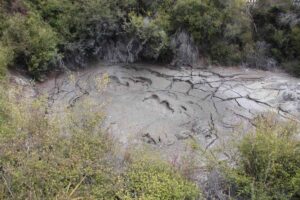
For More Info: Whakarewarewa Living Village Website
The Village’s “About Us” Website Page
4) Polynesian Spa Visit for a Hot Soak
That evening, after dinner, I walked to Rotorua’s famous lakeside Polynesian Spa – New Zealand’s original & iconic geothermal bathing experience. The Spa has a total of 28 outdoor hot pools, fed by local hot springs reputed to have healing and anti-aging properties. How could I say no to this!
- Credit: Polynesian Spa (clearly models!)
Conveniently located in Government Gardens overlooking Lake Rotorua, the Polynesian Spa has been providing relaxation and health benefits since the 1880s. The Spa offers multiple options to indulge in both acidic and alkaline natural mineral springs, plus massage and spa treatments.
The slightly acidic (and highly sulfate) Priest Spring waters are purported to relieve tired muscles, and aches and pains. And Rachel Spring’s alkaline waters are said to nourish the skin and leave it feeling silky smooth.
I bought the Pavilion Pools pass (ages 12+) which gave me access to 8 hot pools in the “historic” part of the Polynesian Spa complex. That included 3 acidic hot pools and 5 alkaline pools plus a deeper exercise pool. The hot pools’ temperatures ranged from 38-41° C. (100-106° F). Perfect!).

On my way out, feeling wonderfully refreshed, I chatted with one of the Polynesian Spa staff, asking questions about the Spa. To my surprise & delight, he treated me to a royal tour of many other areas of the large complex – since it was now late (10pm) and the clientele had definitely thinned.
Turns out, Polynesian Spa offers a wide assortment of pools in different areas of the complex. Some are adults-only, others are family-friendly. Besides the pavilion pools, there are lake view private pools, deluxe lake spa, sky view private pools and family pools (which come complete with a slide). Definitely there is something for everyone!
I’m glad I took the time to enjoy a delightful hot soak and personally experience the Polynesian Spa, a historic part of Rotorua’s geothermal history. Lastly, to give you an idea of costs: Currently, in 2024 (per the website), the Pavilion Pools entry fee is $39.95 NZD (~ $24 USD).
- To learn more, here’s the Polynesian Spa’s main website page
- Here’s their page about their Different Bathing Areas & Pools
- Here’s a link to a page with the Spa’s History
5) Wai-O-Tapu Thermal Wonderland (Geothermal Park)

They spent a lot of their day there – and said it was very cool (or is that hot!). Wai-O-Tapu is an 18-sq. km active geothermal park. It offers a variety of hiking trails (and wooden walkways) to explore the park’s different features – including naturally colored hot and cold springs, bubbling mud pools, steaming caves, expansive vistas, huge volcanic craters, and sinter terraces.
Wai-O-Tapu is particularly famous for its multi-colored “Champagne Pool.” The name was inspired by the constant release of carbon dioxide bubbles. The park also has its own active geyser – the Lady Knox Geyser. She erupts daily at 10:15am, reaching heights up to 10-20 meters (33-66 feet)! Lastly, you can visit New Zealand’s largest Mud Pool.
- Credit: Wai-O-Tapu website
- Credit: Ed Lofdahl
Are you sold yet? Obviously, there is a lot to see at Wai-O-Tapu. I would have loved to visit this park but sadly didn’t have the time. Here’s the Wai-O-Tapu Website.
6) Rafting on Kaituna River & Its Famed Waterfall
That second afternoon, I enjoyed an incredibly fun, one-hour white-water river rafting adventure on the beautiful Kaituna River. The river’s Tutea Falls is known as the world’s largest commercially rafted waterfall with a 7-meter (23 foot) drop. And, yes, I lived to tell the tale!
I booked the trip with Rotorua Rafting, and I can’t recommend them enough! The world-famous Kaituna River is conveniently located just 20 minutes from Rotorua. (I was picked up at the i-Site tourist office in town). We had great guides and were well-outfitted with the proper gear – wetsuits, life jackets, and helmets.
- I’m in the top row on the left – black helmet!
On the river in our 7-person rafts (4.5 meters long), we enjoyed some mild rapids and shorter “practice” waterfalls before arriving at Tutea Falls. With an equal mix of excitement and terror, we held on tight and made it successfully over the falls without flipping! Of course, we got major dunked as the raft was fully under water, briefly, at the bottom of the falls. (photos tell it all!)
The other raft did flip but no worries. The river water was warm (~70 degrees F.) so it was great for these spontaneous swims plus some other voluntary ones we did. We enjoyed lots of fun “play time” on our rafts and in the water.
Of course, this rafting adventure is not for everyone, but I’m a major water girl! In fact, if I had had an extra day in Rotorua, I would have gone back & done the river raft trip again. It was that much fun & so unique!
To Learn More: Rotorua Rafting Website
FINAL REMARKS & RESOURCES
I hope you’ve enjoyed “our” visit to Rotorua – and now you can understand why I’m such a fan of this wonderful place. I hope you’ll be able to visit Rotorua if future travels take you to New Zealand.
Ideally, try to plan at least 2 nights/2 full days to really enjoy many of the activities I’ve covered here.
Where is Rotorua: Rotorua lies in the middle of the North Island. (see map). It’s around a 2.5 – 3 hour drive north by car to Auckland.
As mentioned, my friends & I flew into Rotorua from Christchurch on the South Island. We then rented a car for our 5 days on the North Island before flying back to the States from Auckland.
From Rotorua, we drove to Auckland, with a planned stop in Waitomo to visit the famed Glow Worm Caves (making a total drive time of 4.5 hours).
Here’s my blog post about the Glow Worms Cave “black water rafting” experience. It’s another unique New Zealand adventure. Those Kiwis sure 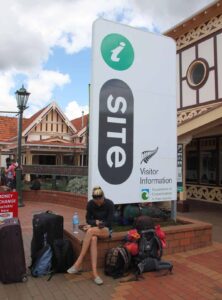
Planning Your Visit: Rotorua has a very nice i-Site tourist office in a convenient location in downtown near Government Gardens. (photo) The staff were very helpful in booking many of my activities.
Here’s the official Rotorua Tourism Site
COMMENTS: Have you visited Rotorua? What were some of the things you did that you really enjoyed. Any recommendations for other things to see and do?





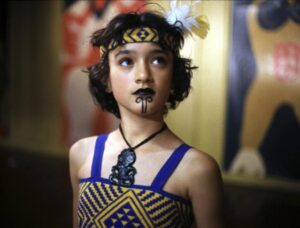






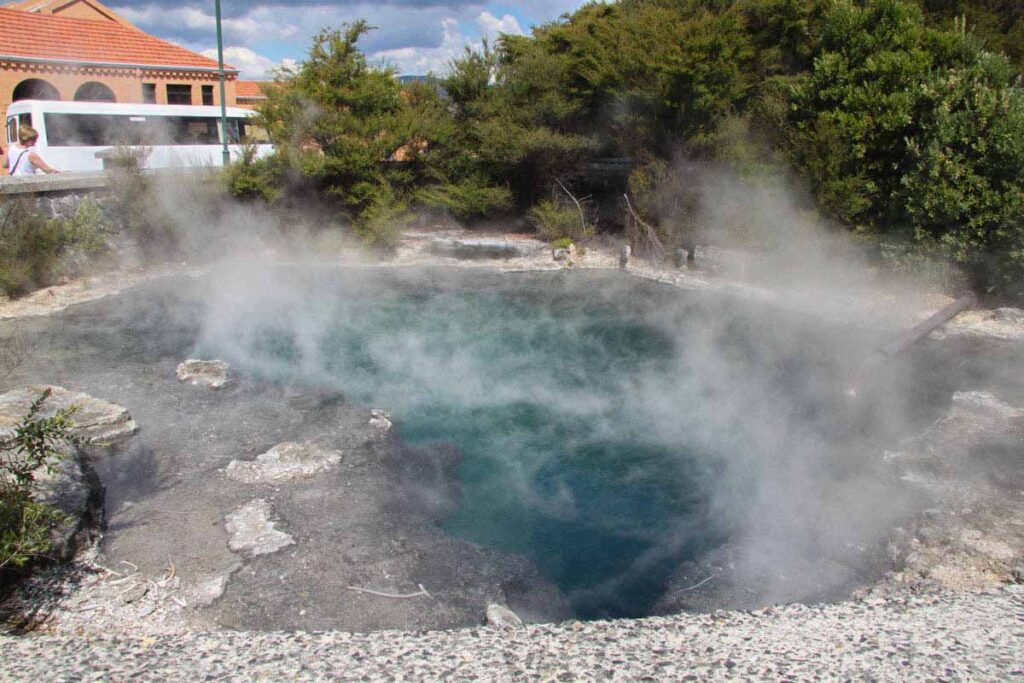




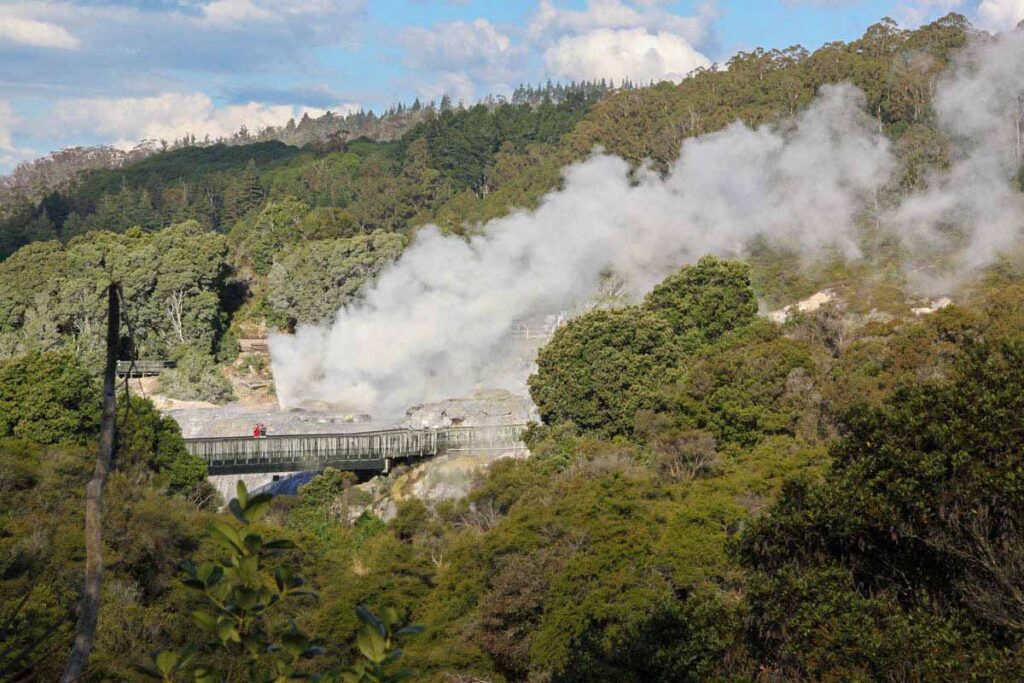





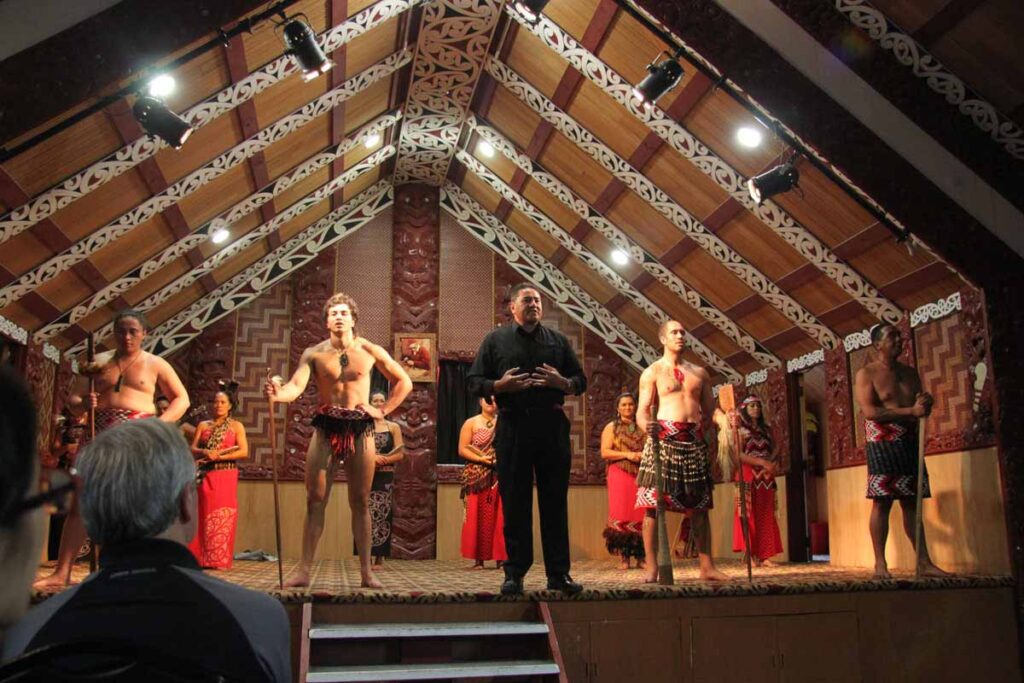


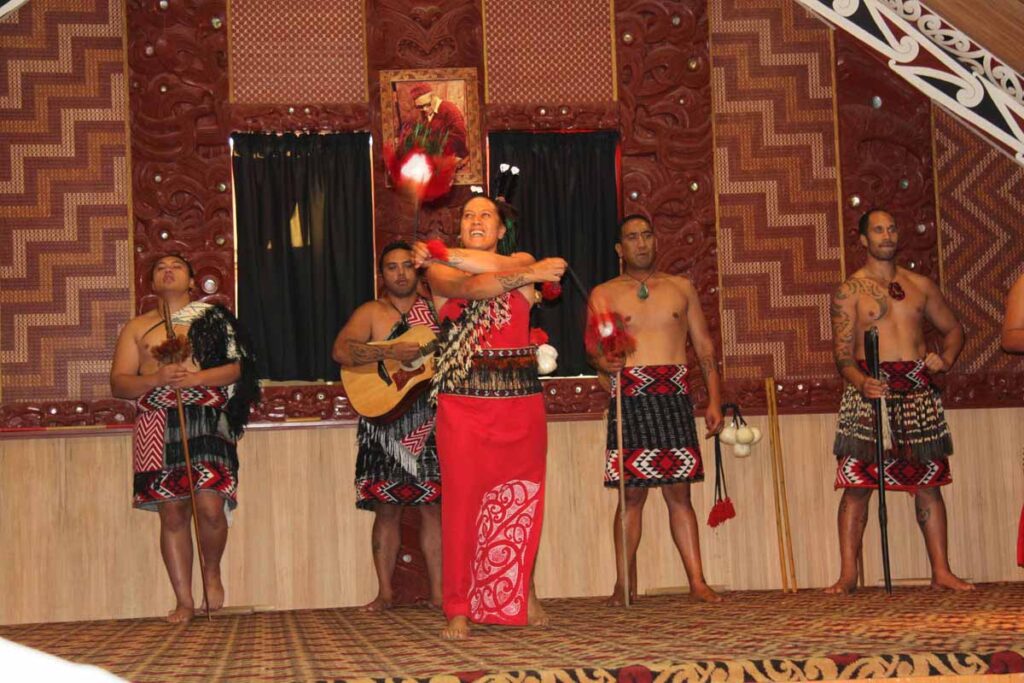





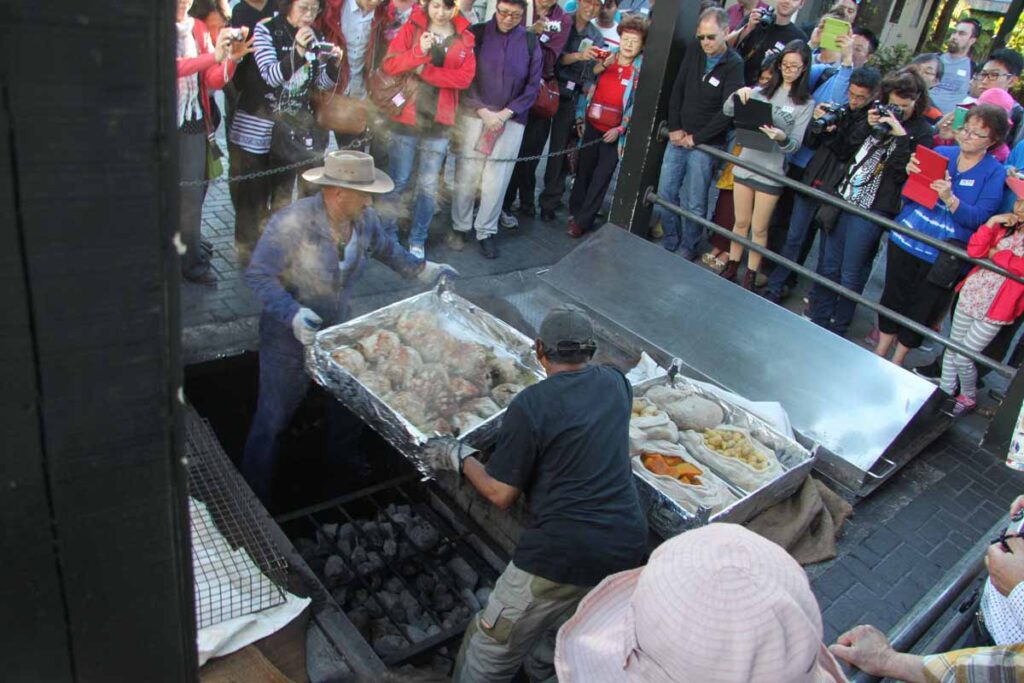
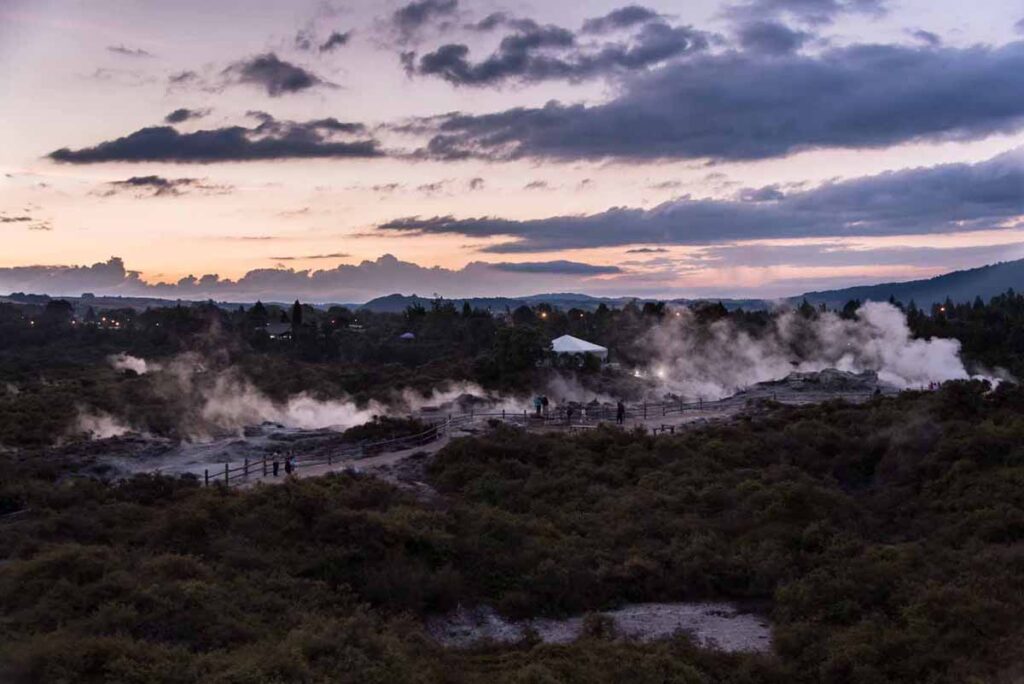

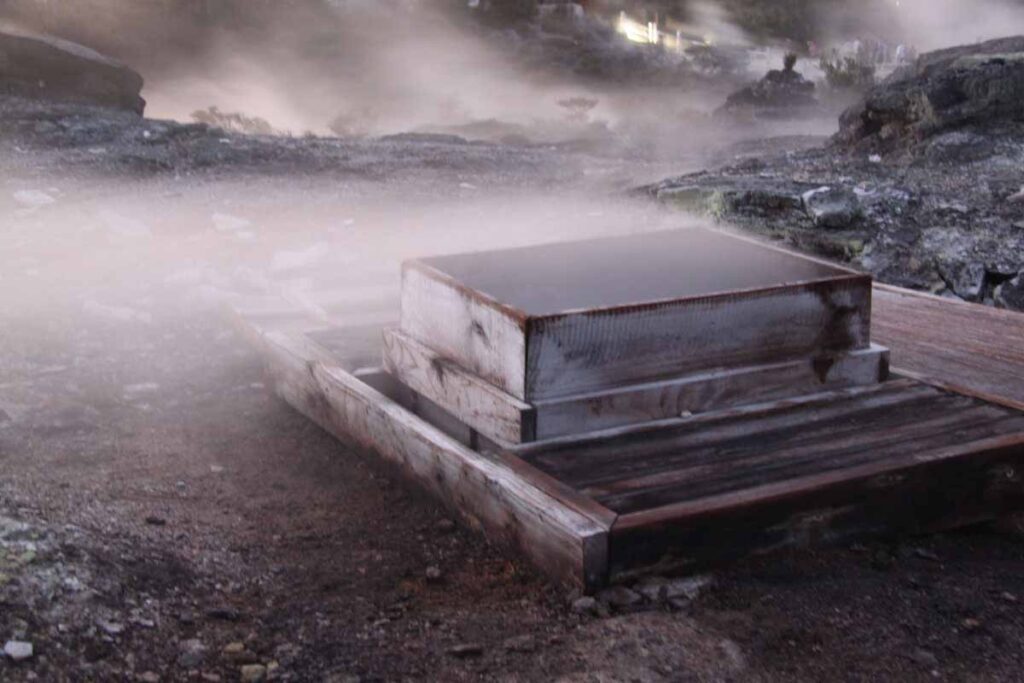
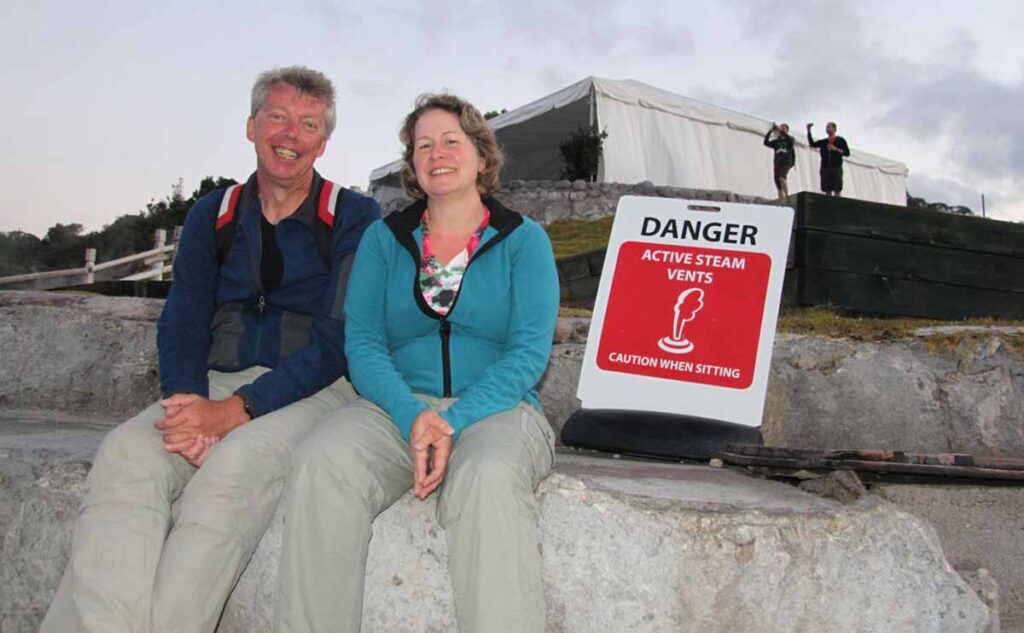
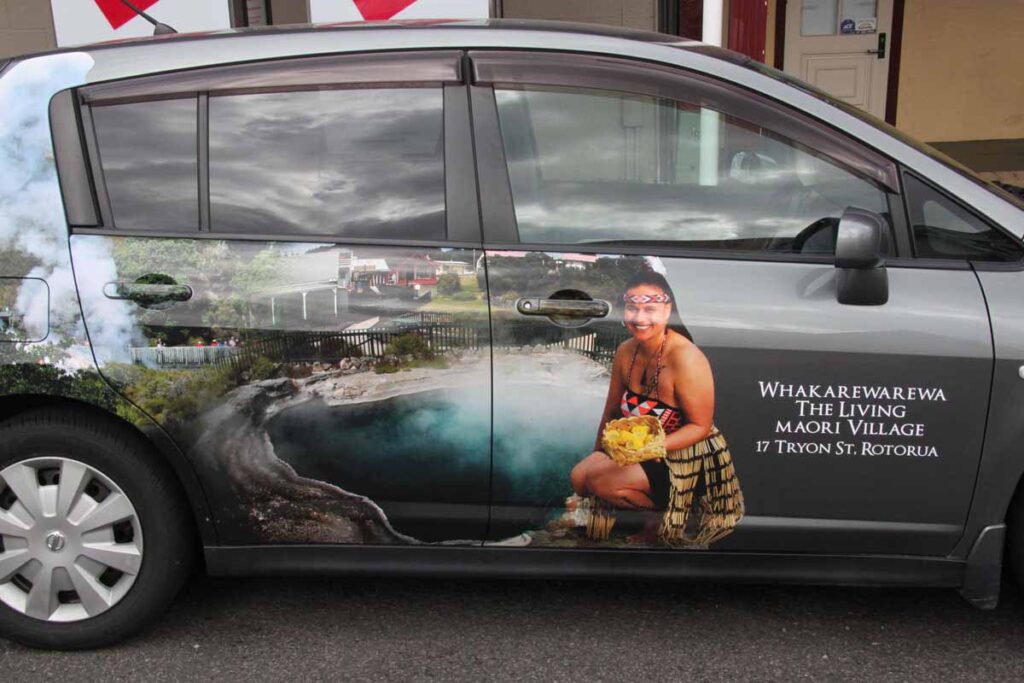
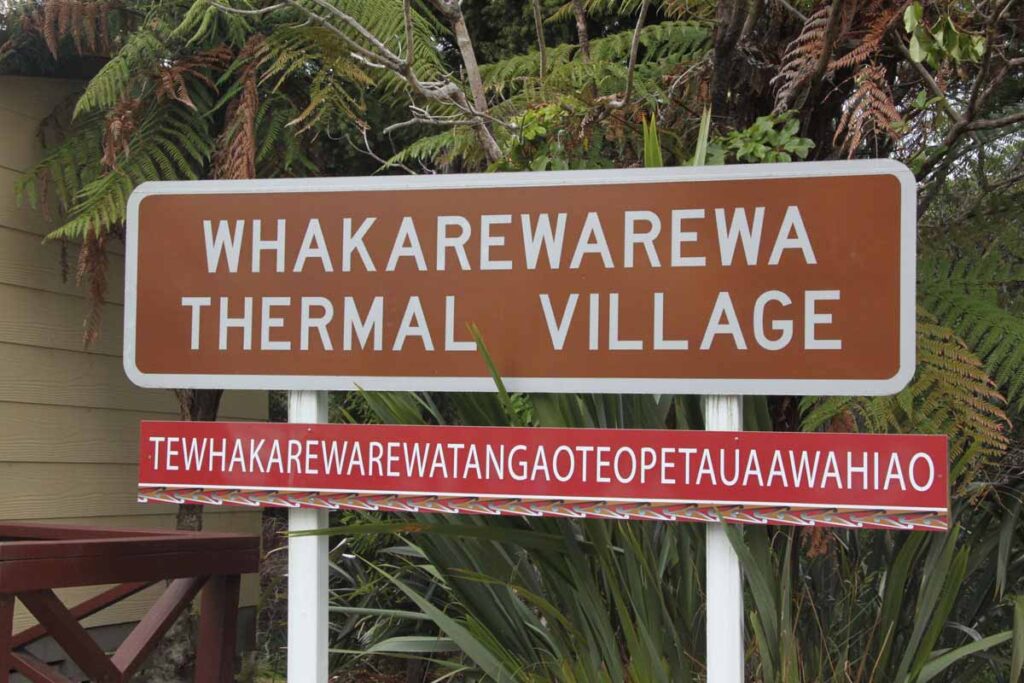


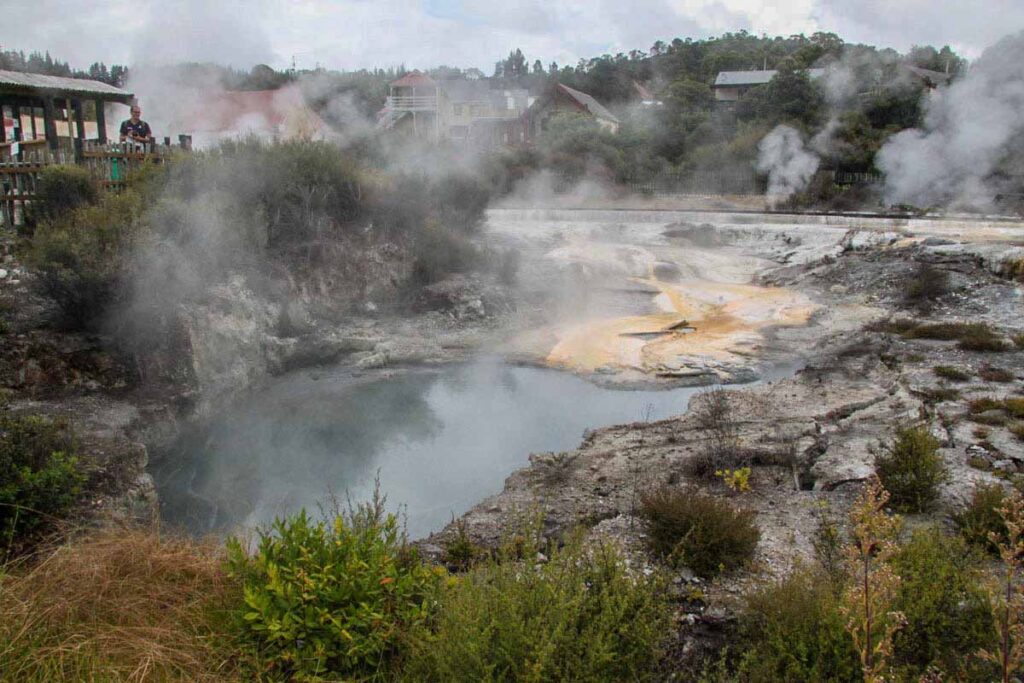
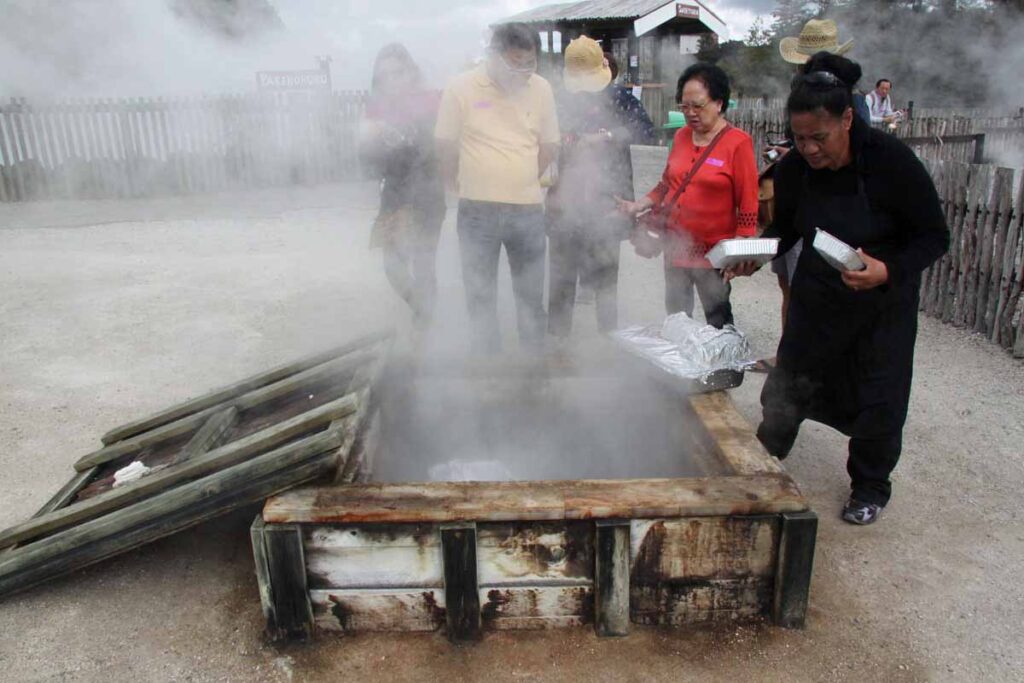
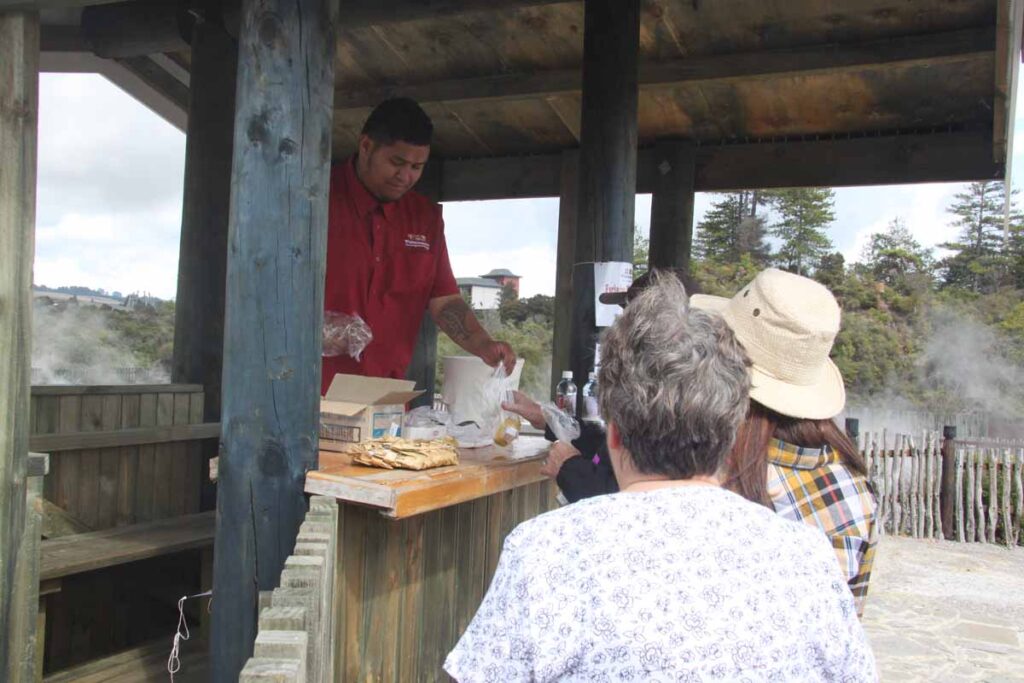









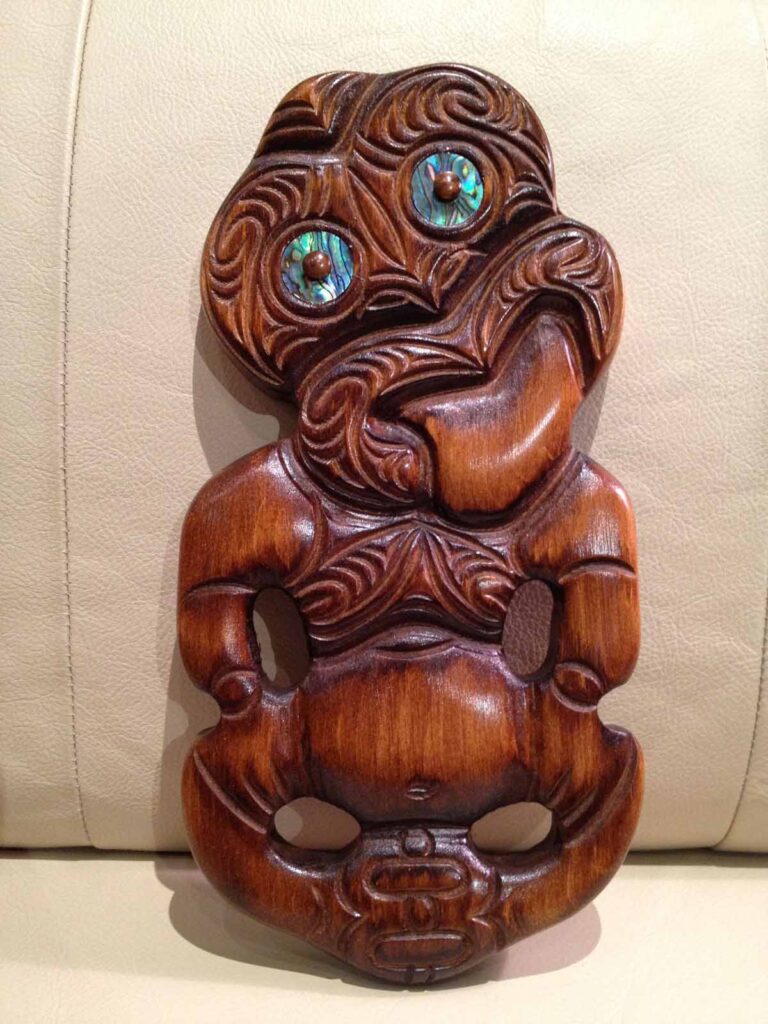



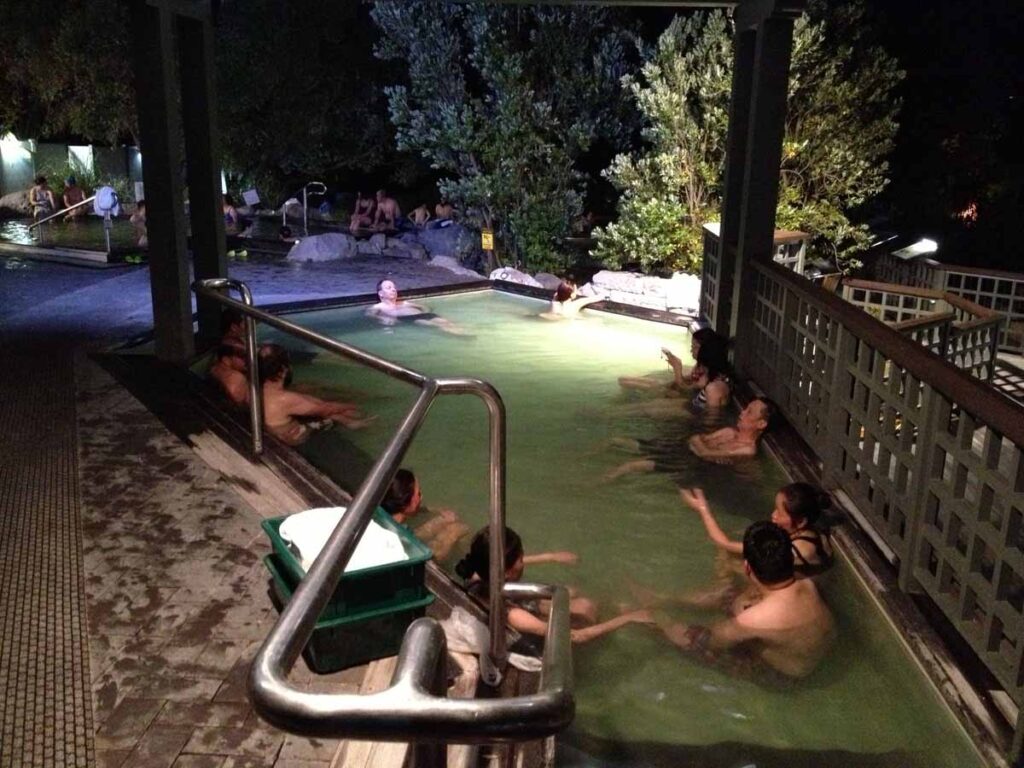


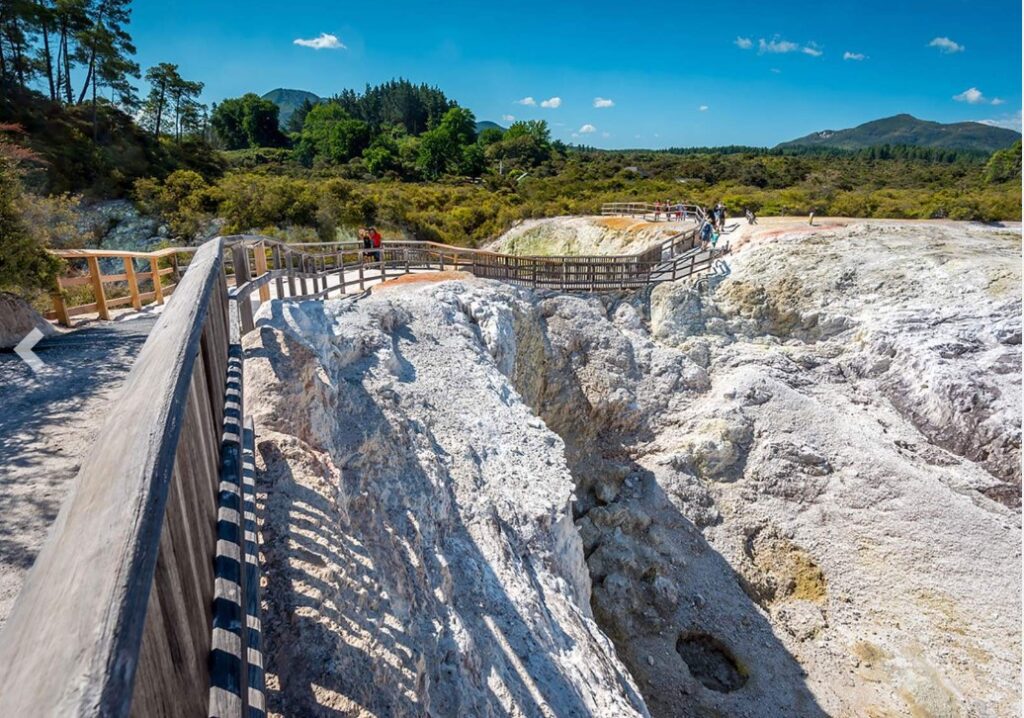

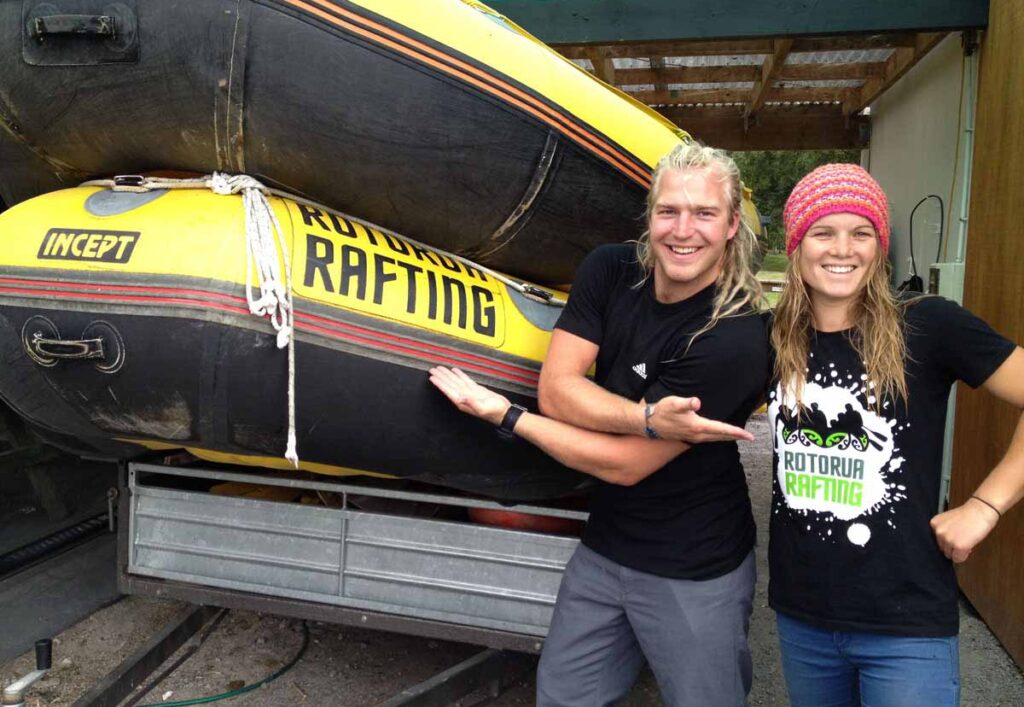







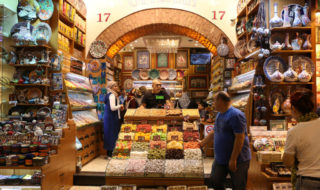
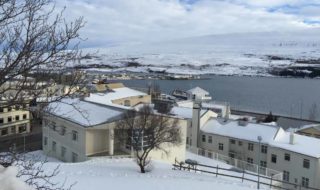
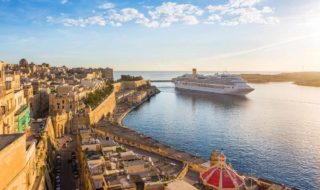
Post a Comment